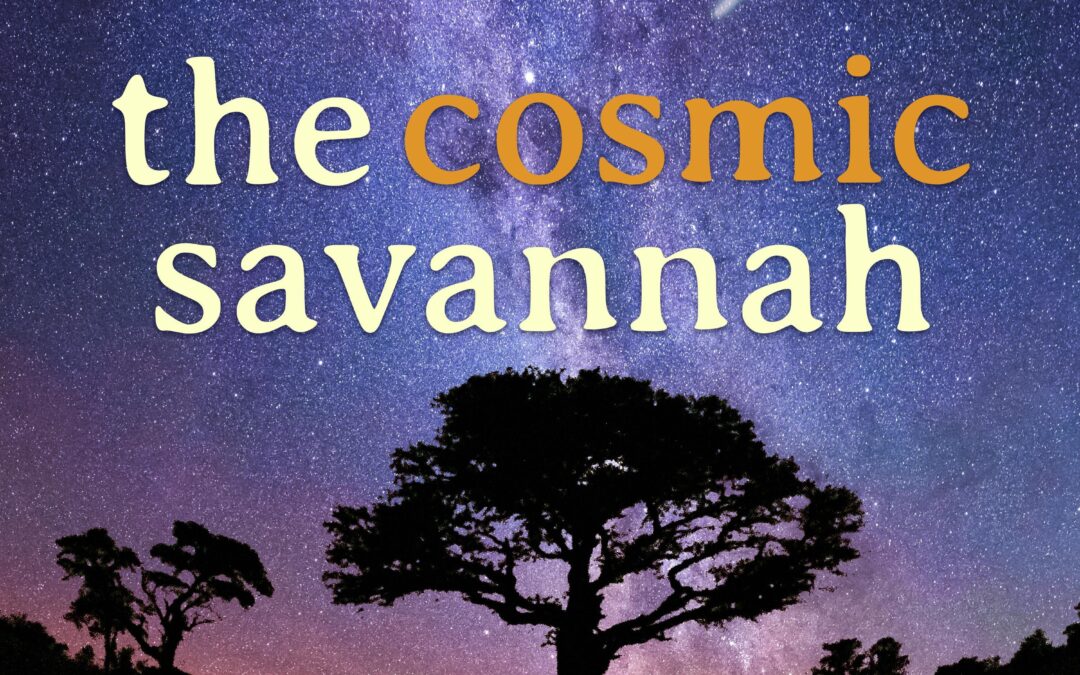The @cosmicsavannah talk to Professor Travis Rector about how to communicate climate change and why it is important for astronomers to do so.


The @cosmicsavannah talk to Professor Travis Rector about how to communicate climate change and why it is important for astronomers to do so.

In celebration of our 50th episode, we are joined by a titan of astronomy, Dr. Bernie Fanaroff, who speaks with us about his illustrious career and his vision for the future of astronomy in Africa.

Today @cosmicsavannah talk with Dr. Elizabeth Naluminsa to celebrate Women and Girls in Astronomy and discuss about her works on SALT and SALT instrumentation

Today @cosmicsavannah discuss about ATLAS and its discovery of near-Earth object (NEO) with Dr. Nicolas Erasmus from SAAO.

Today @cosmicsavannah are joined by Dr Kenda Knowles to discuss about her work and the detection of very faint emissions from these clusters. Also dataset of radio emission from 115 galaxies clusters.

Today @CosmicSavannah back to their first episode to prepare for more update in their next discussion with Dr. Nicolas Erasmus. So for today, we have the hunt for near-earth asteroids (from 00:23m) using the ATLAS network.

Its goal is to push the boundaries of astronomy and cosmology by observing some of the most distant events and objects in the universe, such as the formation of the first stars and galaxies. Today @cosmicsavannah discuss about JWST with Prof Christy Tremonti

In this episode we are joined first by Dr. Tariq Blecher and then by Shilpa Ranchod who talk to us about the clever ways they are trying to capture the elusive signals of hydrogen gas in the distant Universe.

This month @cosmicsavannah take a deep dive into how a planet (in this case Earth) is constructed and learned about how precious metals and diamonds are created and moved through the Earth’s crust also how planets create the building blocks for life, and how life, in turn, helps to create the minerals we find on Earth!

Today @cosmicsavannah discus about how to recreate the formation of galaxies inside a supercomputer with Dr. Rob Yates as he explains how he uses semi-analytic simulations to try and understand how various elements are created and dispersed around galaxies.